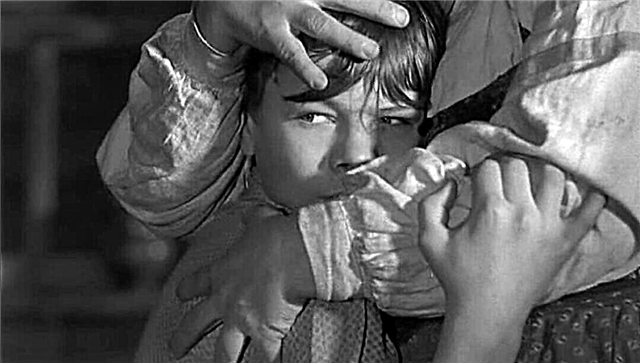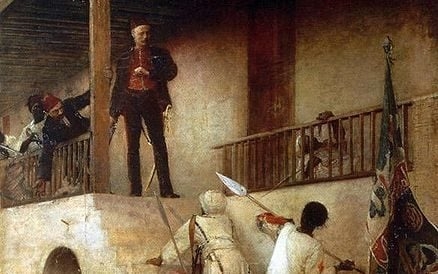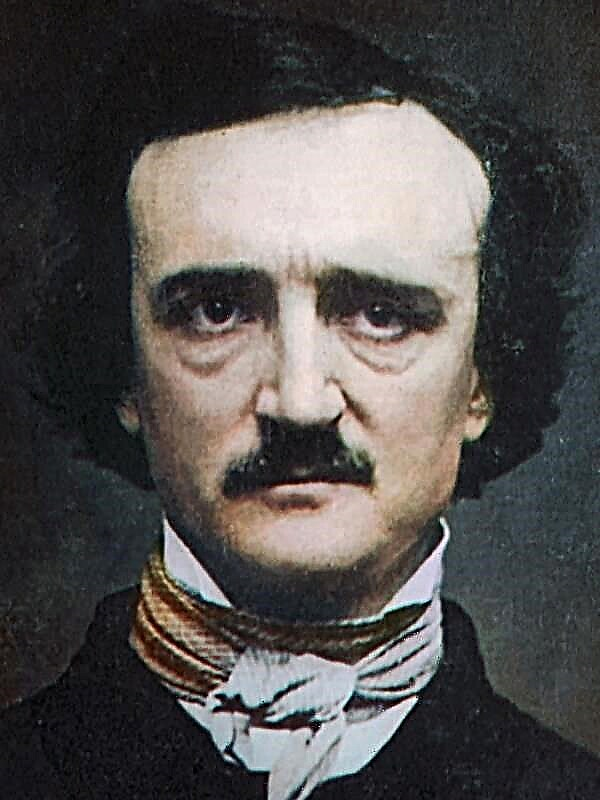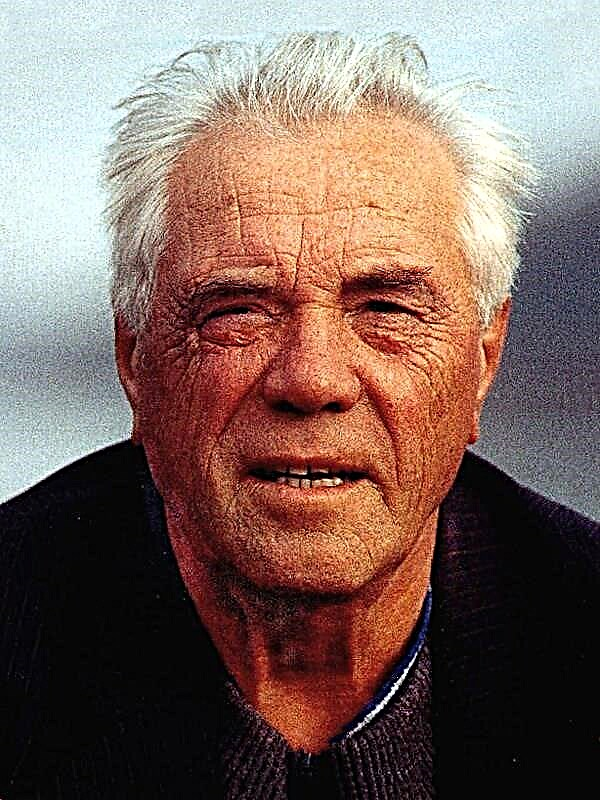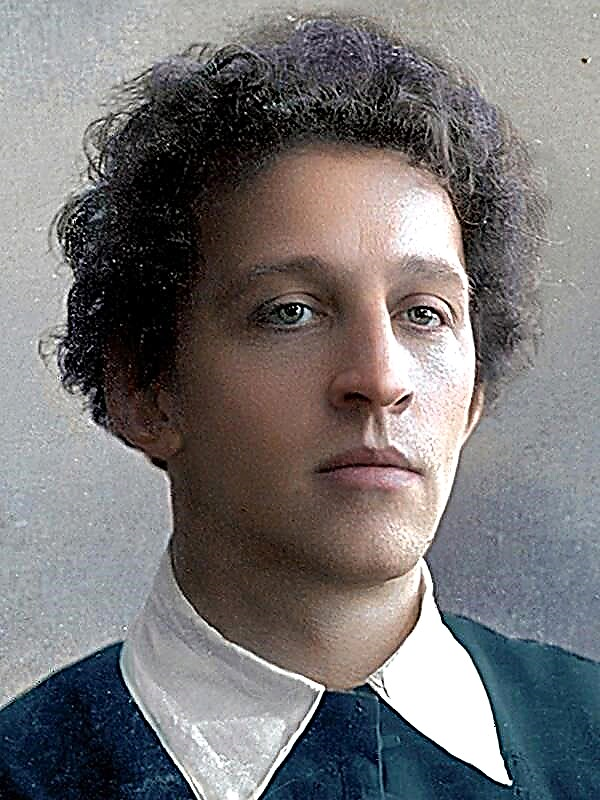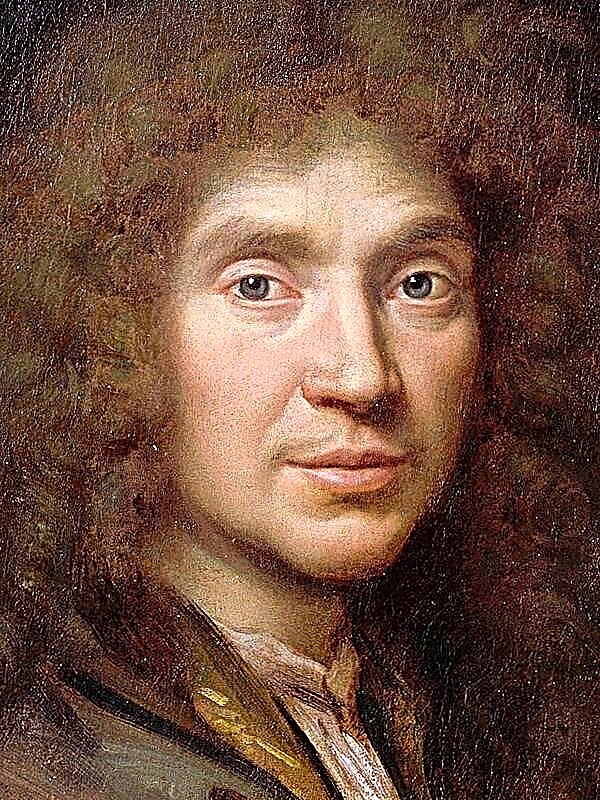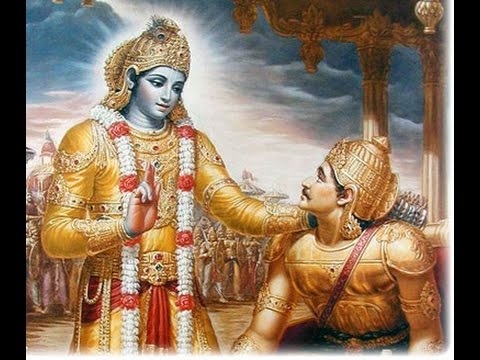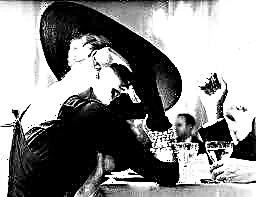Share
Pin
Tweet
Send
Share
Send
The final essay requires arguments from the literature. This material will help you reinforce your point of view on the topic of art and craft with examples from M. Bulgakov’s novel “The Master and Margarita”. Also, if you want to recall the plot, you can read chapter summary or option for reading diary from Literaguru.
- Art and craft: differences. Ivan Bezdomny wrote poetry by order of the chairman of the literary organization MASSOLIT Mikhail Berlioz. The final assignment was an anti-religious poem. Literature for Ivan is only a job for which he received money and fame, therefore this is a craft. Later, the Homeless himself realized that his poems were monstrous, and he promised not to write anymore. The master, on the contrary, devoted the rest of his life to his novel about Pontius Pilate, and continued to think about it, even finding himself in a psychiatric hospital without a beloved woman. The man put his soul into the work. That is why it interested Margarita, and she claimed that in this novel her whole life. This effect is achieved due to the fact that the true creator works for eternity, devoting his activities to descendants. The artisan is a temporary phenomenon. He makes a product for the needs of the day, earning a living.
- Art and craft in love. The wives of the writers Mikhail Berlioz and Stepan Likhodeev disappeared. One ended up in Kharkov with some choreographer. The other is in Bazhedomka. According to rumors, the theater director obtained housing so that she would not appear in the apartment on Sadovaya. These women have mercenary relationships with men: they sought material profit for themselves, so this behavior can be called a craft. Meanwhile, Margarita loved the master, not demanding anything in return. She admired his novel when critics reacted very negatively to the work. The woman accepted the master even when the others did not need him, and went after him into the possession of Satan, thereby closing his own path to the light. Such love is an art that not everyone can do.
- The mystical power of art. Entertainer Georges Bengalsky saw magicians on the stage whose miracles were not real and were explained only by cunning, sleight of hand and professionalism. With this, the artists fascinated the public and earned a living, that is, they were engaged in such a craft. Once, a foreign professor, Woland, who was actually Satan, came to the Variety Theater. That is why the amazing things that he and his comrades showed were not ordinary tricks, but real magic, which can be called art, accessible only to the elite. Satan and his retinue were able to rain out of money, allow them to exchange old clothes for new ones, which then disappeared, as well as tear off the head of the entertainer and then return them back. Such a talent really borders on mysticism. Only supernatural abilities give man the creative power with which he complements our world.
- The impact of art on people. Pontius Pilate was the procurator of Judea and interrogated the convicts on duty. Often he made beautiful speeches, succinctly and figuratively argued for the accusation or defense. Because of these skills, he was appointed to such a responsible position. Once a prisoner was Yeshua Ga-Nozri, who, not afraid of execution and other punishments, told people that power is violence against humanity, and the time will come when it will not be left in the world. For such words, the prisoner paid with a life that ended on the cross. Yeshua's sermons were art, because they came from the heart, and Pontius Pilate was only engaged in his craft. If crowds of people followed the philosopher, and after his words they threw everything in order to follow him, the procurator did not have real power over the minds and hearts of those who obeyed him. His power rested only on the weapons of the soldiers controlled by him. Thus, real art is a force that can change fate. When a person sees and feels it, he feels the extraterrestrial energy that pushes him forward. It cleanses the soul and directs the person to self-development.
- Victim for art. Levi Matvey was a tax collector, but, having met the wandering philosopher Yeshua Ga-Nozri, he abandoned his craft and went to his disciples. The hero even threw the collected taxes onto the road. For the sake of a new calling (he recorded Yeshua’s sermons), he sacrificed everything he had. But their glorious journey ended when Judas from Kiriath, who also listened to the sermons, conveyed to Yeshua that power is violence against humanity, and that someday it will not be there, the high priest for money. For this, the philosopher was executed, and for his art he paid with his life. Levi Matvey was faithful to his teacher, removed his body from the cross and carried it away. All his subsequent life was devoted to the preparation of the biography of Yeshua. Both heroes were dedicated to the end, for his sake they were ready for anything. A creative gift always requires a person to surrender.
Share
Pin
Tweet
Send
Share
Send

